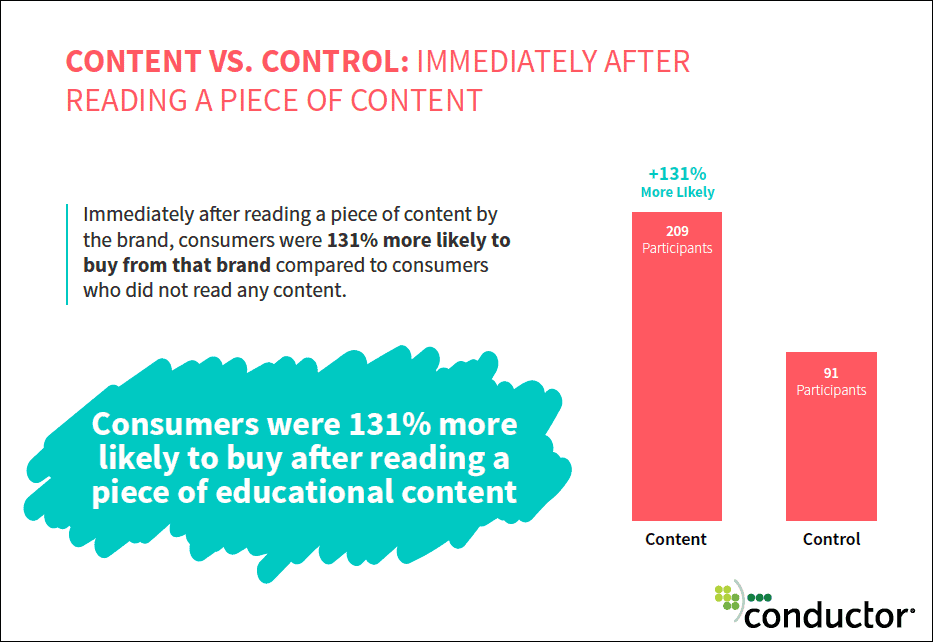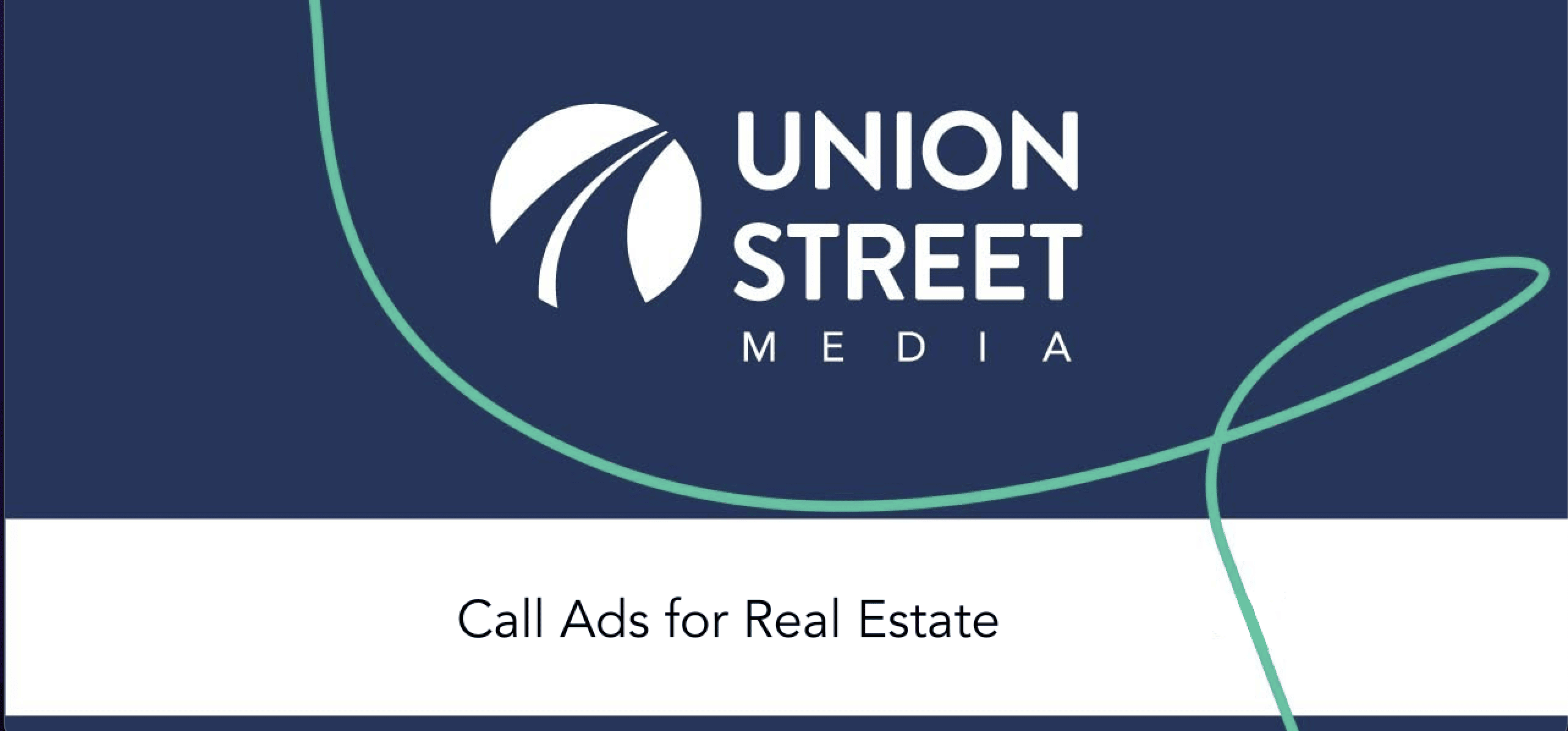How to Build Your Brand Online
The word brand has a long history, and I mean long. The practice of “branding” livestock dates back 4,000 years – it literally meant to mark your property – and is the foundation of the modern phrase “branding” or “brand” as it relates to a company’s name and identity. As Mad Men so wonderfully showed us, branding has evolved to mean a lot more. Today, companies invest heavily in developing brand identities, which is essentially how others perceive what you do, what you make, and who you are. A brand identity usually includes how you communicate your product, what you want people to feel when they interact with it, the personality of your business, your mission, vision, and values (why you do what you do and what you’re seeking to do next), and a promise to your customers. Branding is visual and experiential – it’s how people know you’re you. Branding is the impression you leave on others and can certainly be shaped, though there is an organic component as well. As Jeff Bezos says, “Branding is what people say about you when you’re not in the room.”
Developing your brand can seem daunting, but it doesn’t have to be. Check out the below for our top ten tips for how to build your brand online.
- Tell Your Story
- Be Consistent
- Be Intentional
- Invest in Your Website and Content Strategy
- Know Your Strengths
- Give Back, Mentor Others, Be Part of the Rising Tide
- Share Insights, Not Information
- Hold Live Events
- Join Forces
- Create a Strong First Impression
1. Tell Your Story
One of the most effective ways you can build your brand is to tell stories that tap into your and your ideal customers’ emotions. The great thing about this is it’s never as hard as most people think it is. There’s a reason you got into the real estate business in the first place, right? There was a hope, dream, or pain point that motivated you. Knowing your ideal customers’ hopes, dreams, and pain points, and sharing yours with them, can be a hugely impactful way of creating a connection and standing out. Similarly, seek opportunities to showcase others’ stories in a meaningful way. There are people in your sphere, such as your agents (if you run a brokerage or a team), your clients, your partners, the local businesses in your community, and your neighbors who would gladly get in front of a camera or on a Zoom call and talk about their experience working with you, living in your area, buying or selling real estate, etc. Most of the time, all you have to do is ask. Aim to leverage video as much as possible to create a stronger connection with your audience and share it far and wide, via email, your website, social media, and online advertising.
2. Be Consistent
Regardless of how, where, and when you choose to interact with your potential customers, what you say and how you show up should be the same. Online, offline, on social media, on your website – everywhere your potential customers can find your content, or you, should give them the same impression and create a consistent experience for them.
3. Be Intentional
It’s not enough to just “do the work”. There’s a reason you’re in the business you are and are looking to better define your brand. The thing is, it’s easy (okay, definitely not easy, but easier) to come up with a mission or vision statement that sounds good; it’s much harder to put it into practice. Since marketing is about selling products and services and branding is about defining who you are, what you do, and why, and crafting that positive first impression you want to make, strategy is about defining a plan to achieve your goals. A good marketing strategy consists of a multi-tiered branding strategy, and visa versa. If you have a great sense of who you are, but you fail to tell others about it, you haven’t successfully developed your brand. So be really intentional and plan out what you want to say, how you want to say it, to whom, and how you’re actually going to “live” what you say. The key components of this are below, though they’re by no means all encompassing.
- Define your overall business strategy – what do you want your business to look like in the next three to five years?
- Define who your ideal customer is, what you want them to do, and why. Developing deep customer knowledge will help you understand your target clients’ perspectives and priorities, anticipate their needs, and communicate in ways that resonate with them. You’ll also learn how they view your brand today and can use that feedback to better define your brand and/or strengthen your value proposition.
- Define your brand or market positioning – your brand positioning describes how you are different from other companies and why potential clients should choose to work with you. A positioning statement is typically brief (three to five sentences in length) and captures the essence of your brand’s positioning. It should articulate your competitive differentiation and unique value proposition. It should be grounded in reality, as you will have to deliver on what you promise, and also be aspirational so you (and others) strive to achieve it and become better along the way.
- Develop your marketing strategy – your marketing strategy is how you plan to reach, engage, and monetize your target market.
- Part of your marketing strategy is defining your messaging strategy. Brand messaging provides the words that help customers and prospects understand your value (the problems you solve and why you’re useful) and values (what you believe in). It articulates your brand’s promise and stimulates desire for your services. It tells a story that gets and keeps people excited about your services.
- Define your brand promise, or the tangible benefit you provide. Tangible is key here; people should be able to easily understand your brand promise.
- Define your brand identity. Your brand identity, including but not limited to your brand guidelines, is the visual and verbal expression of your brand. It comprises eight components:
- Company name
- Logo
- Tagline
- Color Palette
- Typography
- Graphical Elements
- Imagery
- Voice
- Define your content marketing strategy. Brand strength is driven by both reputation and visibility. Good, consistent content strengthens both. Therefore, although this is one piece of a larger marketing strategy, content should be the first step.
- Define what the rest of your marketing toolkit should include. It may include any, or all, of the following:
- Website
- Search engine optimization
- Videos
- Testimonials and success stories
- Pitch deck or listing presentation
- Other collateral like brochures, postcards, etc.
- Webinars, classes, and/or live events
- Email marketing
- Social media
- Advertising
- PR and awards
- Define how you’ll measure success. What are your top KPIs or key performance indicators? Being intentional about how developing your brand will grow your business, and how you’ll measure growth, is very important. Examples of KPIs could be leads, employee applications, referrals, organic search visibility, press mentions, and sales to name just a few.
- Determine what you’d like to allocate for customer acquisition costs vs. the lifetime value of your customers. What type of ROI are you looking for from your marketing efforts? This will help you be really intentional about what you will do and won’t do to drive new revenue.
4. Invest in Your Website and Content Strategy
The importance of regularly creating and sharing high quality, unique content cannot be overstated. Brand strength is driven by both reputation and visibility. Good, consistent content strengthens both. Content should have a central place though the best content marketers are experts at repurposing content for different channels, for example, the same blog post could be used in a video (talking about the same things) on YouTube, an infographic on LinkedIn, and a live discussion on Facebook. Your website should be the cornerstone of your marketing strategy so the majority of content should live on your website or point back to it. In fact, building up content on your website and links to it is a crucial part of a successful search engine optimization strategy. If you want your website to get found, it’s important to both create high quality, unique content and to make sure your website is built in an optimal way for search engines to discover all of the amazing content you’ve created and easily know what it’s about. As Google’s John Mueller reminds us, Google won’t index content unless it’s “useful, unique, compelling, or high-quality”. Put simply, Google literally won’t look at your website unless it thinks it’s a quality website. Once it thinks you have a quality site, you’re not in the clear yet. You also have to optimize your website content so that your most valuable content, and as much of it as possible, gets indexed by Google every crawl. Put simply, it’s one thing for Google to think you have a quality website, it’s another for Google to identify topics on which your site is an authority, which is what you want. That’s where technical SEO comes in. Technical SEO refers to website and server optimizations that help search engines crawl and index your site more effectively to help improve organic rankings. It’s how you let Google know content exists and about what, and influence how often your site appears in search results. Once you create great content, and optimize it for users and search engines, you’re still not in the clear. Then you have to make sure your website stands out among all others. This is where backlinks come in.
Backlinks are one of the most important search-engine ranking factors and one of the most challenging to master.
Backlinks are any links pointing back to your website from another website. In addition to content, technical factors, metadata, and more, your backlinks provide search engines with important information about your website. Having highly trusted, relevant websites link to yours says something about your site’s popularity, its authority, and its relevance to specific searches. What makes people want to link to your website? Creating great content and building relationships in your community are a great start. “Natural” links – the ones that you get unsolicited and without payment – are the best, but they don’t come without some work. They are a byproduct of good content and good relationships that you build up in your industry and your community. So, when you’re creating content, keep in mind that you want your website, and the content you create on it, to be a compelling destination for your ideal customers and search engines. Investing in your owned and operated digital content, starting with your website and including your social media pages, any sub-sites, and more, is the key to building a compelling, cohesive brand and strengthening your reputation online.
5. Know Your Strengths
The biggest mistake any company can make is trying to be everything to everyone. We are taught to focus on “continuous improvement” and grow up with the idea of the American Dream close to our hearts. If we only work hard enough, we will accomplish our dreams. Yet there are some things we just cannot and will not ever be able to do. I am a short, small person. I will never be able to dunk a basketball. It’s just not physically possible. I was, however, a really good point guard because I was fast and agile. If I had spent all my time trying to learn how to dunk a basketball, it would have been wasted. Instead, I worked on my passing game and three-pointers and became pretty good at each. Similarly, companies can accomplish more by identifying and going all in on their strengths. Focusing on our strengths gives us clarity of purpose and improves our efficiency, which leads to better results. So, as you define your brand and identify strategies to communicate it, focus on what you’re really good at. Listen to your customers, agents, partners, and others who know you. Ask them how they perceive what you do and who you are today, and why they chose to work with you, or for you. Be honest and accept what you’re not with confidence that in doing so, you’re setting yourself up for more success down the road.
6. Give Back, Mentor Others, Be Part of the Rising Tide
We all know the phrase, “a rising tide lifts all boats”. Many real estate professionals are naturally altruistic, have close ties to their communities, and were influenced to start a career, or continue a career, in real estate by significant life experiences that have fostered natural connections to, and knowledge of, others. Lean into these experiences and tendencies to align yourself with things that matter to you. Your values are a huge part of your brand and it’s important that you make them a priority. Leading by example and giving without expecting something in return are key. It doesn’t matter whether someone has helped you in the past or not, if you’re an organization that values promoting and supporting from within, look for opportunities to support your agents, such as programs that can help develop their skills, causes they support that you can also support, through time, donations, press, etc., and ways you individually can “show up” for them. In an interview, Helen Hanna Casey talked about attending a listing presentation with a Howard Hanna agent for a sub-$200k property, certainly not a high value transaction from a commission standpoint. The important thing to Casey was simply being there for her agent. Your values are part of your brand and if you’re like many, they include a commitment to others. Make consistently living your values a priority. Simply by clearly, consistently, and confidently knowing yourself and what’s important to you, you’ll attract others who share your values and are drawn to your vision.
7. Share Insights, Not Information
There’s really good data that shows how much more effective educational content is than content simply telling you something. This makes sense because most of us prefer to be taught rather than told, and in fact, what’s even better is when we can learn on our own. So think of ways that your brand can tap into our natural curiosity and desire to learn. Create content that people looking for solutions can find, such as “How To” content. It may seem counterintuitive, but having a “How to Sell Your Home Yourself” guide may actually be a great way to create a connection with your target audience, especially if you work with first time home buyers and sellers. You can also focus on educating through insights, instead of information. An insight is a deep understanding of a person or thing. As opposed to information, which is just facts about someone or something, insights answer the why. Whenever you think about producing content, if you’re just regurgitating facts, such as “Homes are selling 3x faster than ever before”, reconsider what matters most to your audience about that and why you feel it’s worth sharing. A guide on “How to Handle Multiple Offers” paired with insights about why the market is so different than it’s ever been and what that means in terms of how and for what sellers should prepare themselves would be far more effective than simply listing market statistics. The more you can be seen as an advisor, the more trust you’ll earn.
Whatever the topic of your content, focus on educating your audience and, as much as possible, be funny, hands-on, and unique. Humor is one of the most effective ways to stand out. Funny content is both more memorable and more likely to create an emotional connection to your brand. Content that we respond to emotionally is more likely to be shared, which will give your brand more visibility and recall. So, humor is a win-win. Instead of just writing a blog about How to Handle Multiple Offers, why not create a funny video about it. If your brand identity doesn’t focus on humor, don’t try to make everyone laugh. Instead, focus on hands-on and unique content. Involve your audience in the process of learning new information. Hold Facebook Live Q&A sessions where you share insights, interview agents about things they’ve learned, and look for opportunities to continue conversations where they’re happening, such as on social media.
In addition to ensuring content is unique, vary the format of the content you produce and the method through which you share insights. Tutorials, interviews, and live events are great. It’s also important to incorporate visual content such as infographics and videos. Our brains are hardwired to process images far faster than text and video adds the elements of movement and audio to already more memorable visuals. The average viewer retains 95% of a message when they watch it, as opposed to a mere 10% retention rate when reading it. And videos that tell stories are even better. Infographics can be great because they’re highly shareable and shared content not only increases your reach, ensuring more people discover your brand, but it also earns you valuable backlinks to your website, which improve your search engine ranking. The more people link to, and share, your content, the more relevant Google thinks it is for the topic is covers, such as selling real estate. So, look for opportunities to share insights over information, incorporate humor, involve your audience, and prioritize unique, visual, and shareable content.

8. Hold Live Events
Holding live events is a great way to connect with people on a deeper level. Look for opportunities to hold events that represent who you are and the content will speak for itself. If you’re an organization that supports women and minorities, look for ways to amplify their voices, such as through speakers’ panels on various topics, real estate and non-real estate related, like “Navigating Work and Family” or “Real Estate Investing 101”. The topics will draw interest, but the format – who you choose to spotlight and how – will also speak volumes about what you value. There are lots of ways to do this and several organizations are already actively involved with various causes. The key is to combine content that’s appealing to your audience with content that showcases your values more subtly. You wouldn’t put a panel of people together to simply talk about how amazing your company is, and what value could hosting an agent panel have for your current and prospective agents and clients? A ton. Tamia Scott at Dilbeck Real Estate talks about how she put together panels of agents within the company to teach other agents what’s worked for them to grow their business. Instead of Tamia getting up in front of her agents and teaching them marketing strategies to increase their pipeline, she simply created the opportunity for others to do that which served the dual purpose of educating her agents while also showing them that Dilbeck is an organization that prioritizes them.
9. Join Forces
One of the most effective ways to develop your brand reputation is to align yourself with other powerful, and recognizable, companies like yours and who cater to a similar audience. Are there other companies or people whose brands you really respect and with whom you have a lot in common? Often, you can align your brand with others who share similar values, ideal customers, and are willing to collaborate with you. As people get to know either of you, you each benefit from your connection and the perception people have of you. These may be service providers outside of real estate, but who are involved in the home buying, selling, or maintenance process, such as lenders, developers, designers, and more. They could also be local businesses who are well established or serve a particular niche in your community (as a bonus, partnering with local businesses also creates great opportunities to earn their business if or when they have real estate needs). Finally, look for opportunities to partner with people out of your market and your “comfort zone” of typical partners. Real estate professionals are very good at supporting and affiliating with industry associations, charitable organizations, and local businesses – what about organizations that share your values like those that support gender equality or sustainability? If you specialize in green homes, as one example, there are really well known brands that have nothing to do with real estate, like Patagonia, that are known for their commitment to the environment. Reach out to them and see how you can partner together. From giving a percentage of proceeds to an organization they support to offering to create joint awareness or marketing campaigns about specific products or issues, there are likely several ways you can help them and the benefits you’ll get in terms of aligning your brand with theirs will have a lasting positive impact for years to come.
10. Create A Strong First Impression
There are a few core traits we all have that make it so essential to create a strong first impression with your potential customers and prioritize developing an amazing customer experience that will have a lasting impact on how they see you years from now. One of these is the strong influence we all have on each other. Social proof, where we adopt the beliefs and behaviors of others in order to fit in, is incredibly powerful and means people will follow what others say and what others have done, such as work with you or choose to work with your competitor. Trusted and social proof are intertwined. We trust our family, our friends, and our peers more than others, and are therefore more likely to be influenced by positive or negative feedback from them. Social proof and trust are what have made a mega-industry out of online reviews, testimonials, and more broadly, customer experience (CX). Your customer experience starts the moment someone first hears about you. From the very first interaction they have with your brand, to every interaction after, their relationship with you will be predisposed to focus on the negative. People with bad experiences are much more likely to never work with a company again as people with positive experiences are likely to work with them again – by over half. A negative customer experience is the reason 86% of consumers quit doing business with a company, while a good customer experience leads only 42% of consumers to reliably purchase from or work with the company again. It takes far more positive impressions to overcome one negative experience and today, you may only have one chance to impress your potential customers before they’ve written you off. The thing many companies would benefit from remembering is that the first impression is often not with an actual person and is not always something you can control. Again, look at social proof as one example. Your potential customers will likely see one of your ads, an article you wrote, something shared by a friend, an online review, or a myriad of other things long before they meet you. So, take the time to make sure every single thing you do follows the above principles and is brand consistent, from your values to your brand identity, and you’ll have the best chance at creating a positive, lasting first impression on your potential customer, and winning their business.
These are our top ten tips for how to build your brand online, though there’s a lot you can do and much of it depends on how established your brand is today. Contact one of our strategists today to discuss your goals and what would work best for you. Happy branding!










